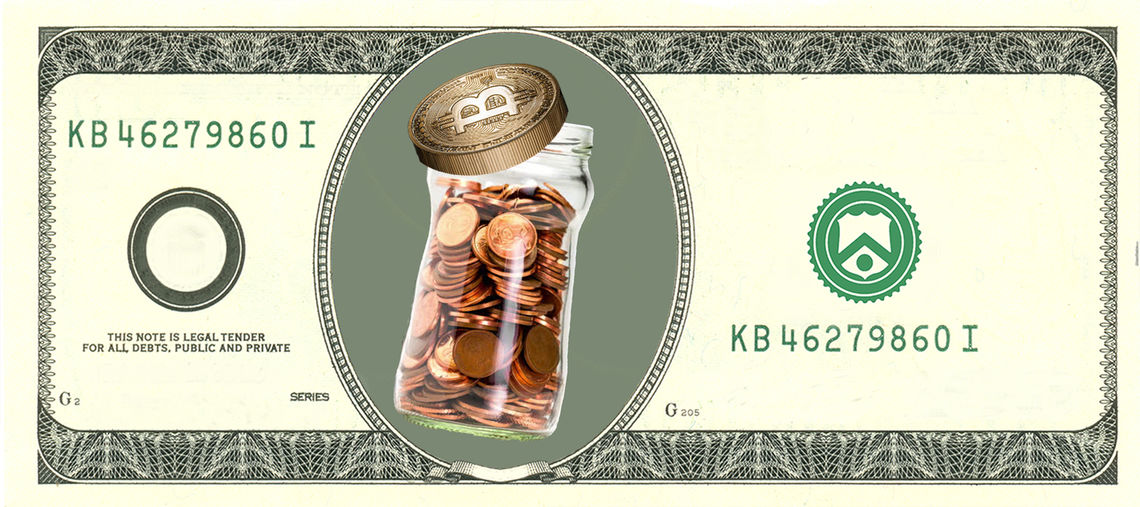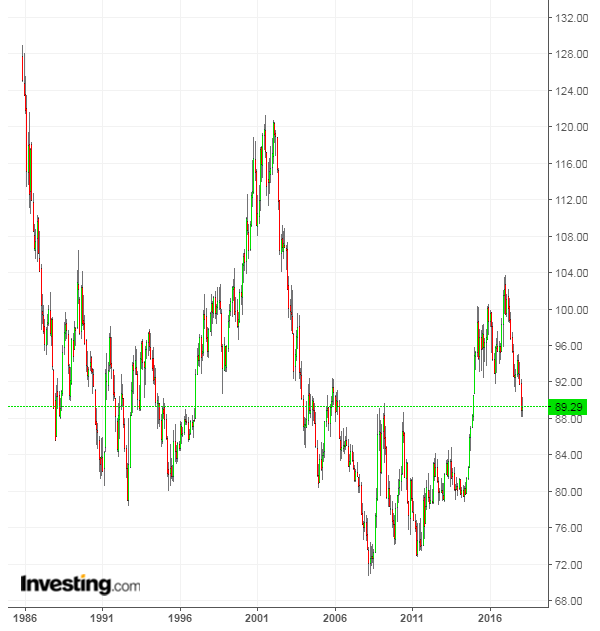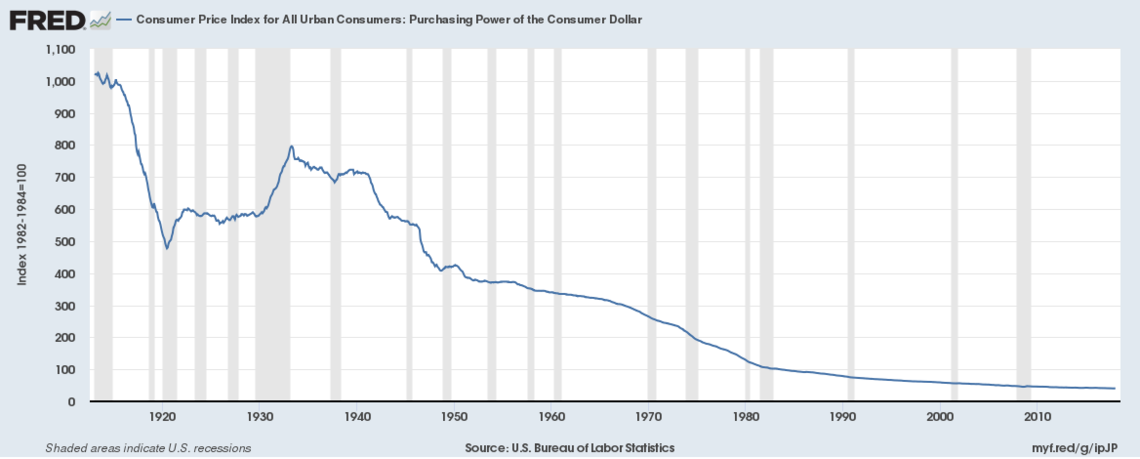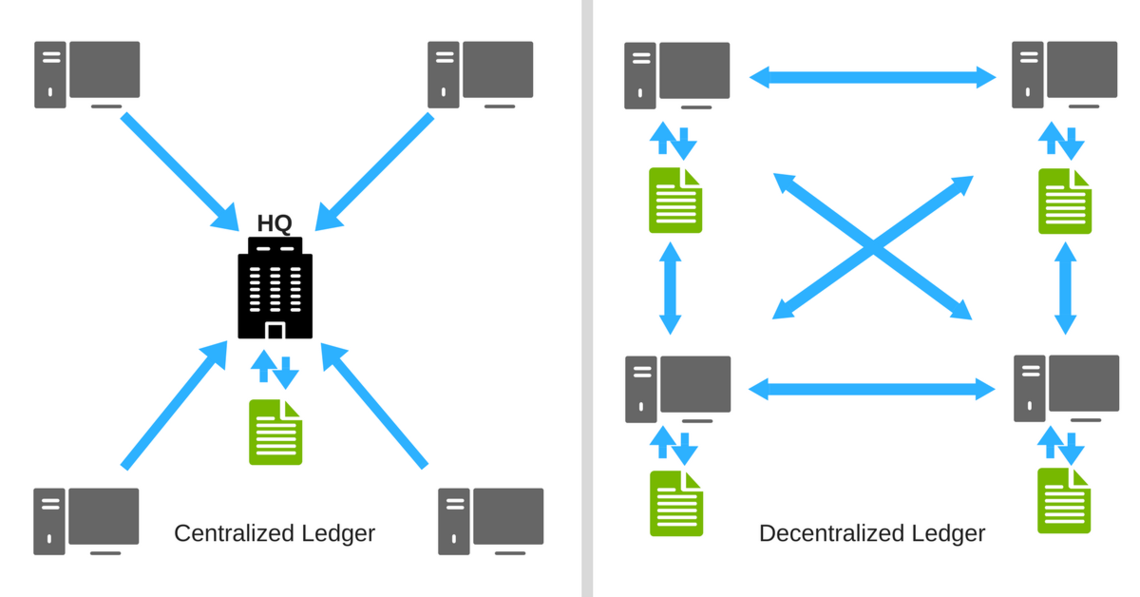
This is a multi-part series on cryptocurrency and its ecosystem. The first part, “Feathers to Fiat” explored what money actually is and its development throughout history. This second instalment of the series dives into the next step in the evolution of money–the invention of Bitcoin. In upcoming articles, we’ll cover the next generation of cryptocurrencies (Ethereum, IOTA), address use cases, and its many applications for Armenia and the rest of the world in areas such as ecommerce, remittances, etc.
What is So Special About Bitcoin?
Bitcoin makes it possible for the first time in human history to send money directly to anyone, anywhere in the world, at any time, almost instantly and basically for free. At the same time, permission from corporations, banks or governments is not required. In fact, they can’t stop the transaction even if they wanted to. Bitcoin is the separation of Currency and State and it accomplishes this via the underlying technology known as Blockchain, which runs with the help of the Internet.
Assets on the Internet
When the Internet was created, like Bitcoin, it was dismissed as a toy, but with over a decade of development later, it became a force to be reckoned with. The Internet’s main impact was making the distribution of information practically free. This enabled knowledge to be copied and shared infinitely at very little cost to the owners of the information. However, sending information and transferring assets over the Internet does not work the same way. For example, when you send an email with a PDF attachment, the person receiving the email is not getting the original PDF file but a copy. This poses a big challenge because for assets to live on the Internet, there had to be a way to prevent the double spend problem. A person shouldn’t be able to pay two people with the same currency. Initially, the fix that allowed ecommerce among other financial transactions to happen was to take existing banking infrastructure and port it on the Internet.
In this way, a person can’t double spend their dollars online any more than they can overspend with a debit card at a restaurant or write a check for more than what’s in the account to pay the utility bill. Corporations took the lead to facilitate payments online because there was no alternative, until Bitcoin.


The Byzantines Unite
Milton Friedman, a Nobel-winning economist, predicted that with the mass adoption of the Internet, a type of e-cash would soon follow. Unfortunately, even though decentralized systems were around since the 1970’s, there has never been one that was able to scale efficiently and at a low enough cost. In computer science circles, this resistance is known as the Byzantine General Problem: Four generals have laid siege to a city and the only way to sack it is if they coordinate to attack at the same exact time. In order to communicate, a general needs to send a messenger to the others via the shortest possible route, through the city. The issue then becomes whether the message may have been intercepted in the city and corrupted in some way when reaching the other generals. For a long time it appeared that there would always be some centralized agent in the middle to govern, regulate, collect and monitor every transaction.
When you send money currently through any of the various traditional methods (PayPal, MoneyGram, bank wire), it goes through several channels/intermediaries (between three and six depending on borders) before arriving at its intended destination. Because so many counterparties are involved, it slows down the process to where a simple transfer takes 3-5 business days. In addition, the above transaction time is the best case scenario, since the option for the processor to freeze, reverse and stop the payment always exists. Further, the amount of effort it takes could range from being on a two hour call with a customer service rep to spending half a day to visit a Western Union branch.
The blockchain, a set of cryptographic methods, elegantly designed, solves the Byzantine General problem efficiently and eliminates the need for centralized middlemen standing in the way of every transaction.
Nuts and Bolts
Unlike a centralized corporation that holds everyone’s record history in a database at its global HQ, the blockchain distributes the database of all the transactions among thousands of different computers referred as nodes. For the decentralization to be effective though, each one of the nodes need to be in sync and have the most up to date version of the ledger (record of all transactions). The way Bitcoin updates every ledger is with a batch-like system called blocks which are processed every 10 minutes by a different set of computers called miners.
To protect the system from spam attacks and keep any one agent from taking over, the system requires miners, any ordinary person with computer that’s connected to the Bitcoin network, to use their computational power and electricity in order to confirm and process valid transactions. These miners race to solve mathematical puzzles by randomly guessing the solution. The miner that solves this problem is privileged with verifying and processing all of the transactions in a block that gets updated to all the nodes. In return, the miner is rewarded with bitcoins and then this process starts over.
A block is created every ten minutes and can process up to 2400 transactions at a time. In addition to the transaction data, which simply contains “person A pays X bitcoins to person B,” blocks also contain a hash (this is the code that the miner solved) and a reward of bitcoins. The hash of the previous block is also included in the new block. In this way, all the blocks are chained together, hence the term blockchain. Because of these cryptographic methods, any attempt to change the order of the previous blocks will create an error since the hashes won’t match. Therefore, the blockchain ledger is immutable; transactions that are recorded can never be altered or manipulated. (This feature opens up use cases outside of currency like recording real estate titles/deeds, and voting which is covered in part 3 of this series).

Another feature of the Bitcoin blockchain is its fixed supply of 21 million. Unlike fiat currencies where governments can print more money whenever they get into trouble, early adopters feel peace of mind in knowing that the supply can never be manipulated by those in power. There will never be more than 21 million bitcoins and in fact of those that may have been lost can never be recovered. The only way to create new coins is to mine them (process and confirm transactions in the block). At first the reward to miners for successfully processing a block was 50 BTCs but due to the genius protocol mechanic of halving, every four years the block reward decreases by 50 percent. Thus between 2009 and 2012, 2013 and 2016 the block rewards were 50 and 25 BTC, respectively. Currently the reward is at 12.5 BTC and taking this to its natural conclusion means that over the next 100 years the total supply will reach close but never exceed 21 million.
Adoption
At this point, whether you’re confused or lost, you can be assured that none of the above information is required in order to successfully send and receive transactions. Just like you don’t need to understand the combustion engine to drive a car or understand the TCP/IP protocol to browse the web. In the early days of the Internet only PhDs with computer science degrees were able to use the Internet; today its use is simple and ubiquitous. Likewise, in the next several years the cryptocurrency ecosystem will be so developed that everyone will be a user whether directly or indirectly.
Even though the average person will probably not become a miner, another way to acquire bitcoins is by buying them at exchange. Similar to how a person today would change dollars for euros, an exchange like Kraken or Coinbase bring together buyers and sellers in an auction like format.
You Are Your Own Bank
When a person deposits money at their bank and later gets a statement confirming its receipt, the person may (falsely) believe that those very same funds are in their account. They are wrong. In the modern fractional reserve banking system your deposits represent loans to the bank. The bank then turn around and loan your money to others at higher interest rates. For the most part, banks with the supervision of Central Banks are honest and take prudent risks with deposits. However, history has shown over and over again that banks are good at hiding risks until they blow up and lose everybody’s money.
Bitcoin presents an alternative to banking because it allows the individual to become the custodian of their wealth. Owning bitcoins means that your money is both safe and mobile and can never be taken from you by anyone against your will. By having a public key (username) and private key (password), a person can access their funds anywhere in the world with an internet connection. Bitcoin owners act as their own bankers by downloading a wallet (a mobile or a desktop application) that store the public and private keys. As a safety measure, wallets generate 12 random words like cow, danger, toothpaste, etc. and require it to be written down on a piece of paper and stored somewhere safe. This acts as a precaution to the app being deleted, phone being lost or old hard drive being thrown away.
Criticism and Rebuttals
Volatility – There is legitimate concern that because the price is so unstable, it will never be used as a medium of exchange. Merchants and vendors would have to change their prices every few hours to keep pace. However, volatility is a sign of Bitcoin’s potential because things become less volatile the larger they become, signaling that BTC’s current market cap of $150 billion (as of this writing) is too small.
Acceptability – The fact that adoption by vendors isn’t widespread has been used to demonstrate that there is no use case for Bitcoin in commerce. Although your local coffee shop or supermarket might not accept BTC yet, several large retailers such as Amazon.com and Microsoft have started to accept BTC as payment. As user adoption increases more businesses will naturally come on board.
Money Laundering – Since the public first heard of BTC in connection with the Silk Road site that sold illegal paraphernalia, many fear a currency that isn’t controlled can be used with ill intent. Due to the immutable ledger of the blockchain, each transaction is recorded and open to the public forever. Thus, BTC transaction contains much more information on users and transactions than cash, which still remains the most popular medium for money launderers and criminals. In addition, Bitcoin is money and money, as a tool, is used in all kinds of ways by different people. So even though the Internet is used to facilitate prostitution, weapon sales and child pornography by a tiny minority of misfits, the public doesn’t clamor to shutdown the Internet because the benefit to 99.99% of people outweighs the bad.
Scalability – Since blocks can only hold approximately 2400 transactions every 10 minutes, as adoption increases, speed of the average transaction will decrease. For reference, today, Visa can perform up to 10,000 transactions a second (compared with Bitcoin’s 3 tps). However, anyone who was around in the nineties, remembers dial-up Internet but since then the web has created seven layers to make delivering content instantaneous. Bitcoin’s blockchain is the first layer but the team of core developers are working on the second layer, Lightning Network, that will increase the transactions per second exponentially.
Governments and Banks will Squash It – That was certainly a fear in the early days of Bitcoin, but ten years on it has truly become a global phenomenon. No single government will be able to reverse or even stop the progress of cryptocurrencies because of their decentralized nature. There is no Bitcoin company to take to court, no office building to raid, no phone number to call and no servers to shut down. Further, any attempts to slow down the adoption will only cause a greater level of demand.

